Omnichannel marketing is useful in the situation where businesses are continually looking for fresh approaches to engage with their target market and create long-lasting bonds with customers.
The goal of omnichannel marketing is to provide customers with a consistent and seamless experience across a variety of online and offline platforms.
In this blog, we'll look more closely at what omnichannel marketing is, why it's significant for businesses, and how those firms can use it to expand and foster customer retention.
What Is Omnichannel Marketing?
Omnichannel marketing is a customer-centric strategy that provides a seamlessly integrated experience across multiple outreaching channels, both online and offline.
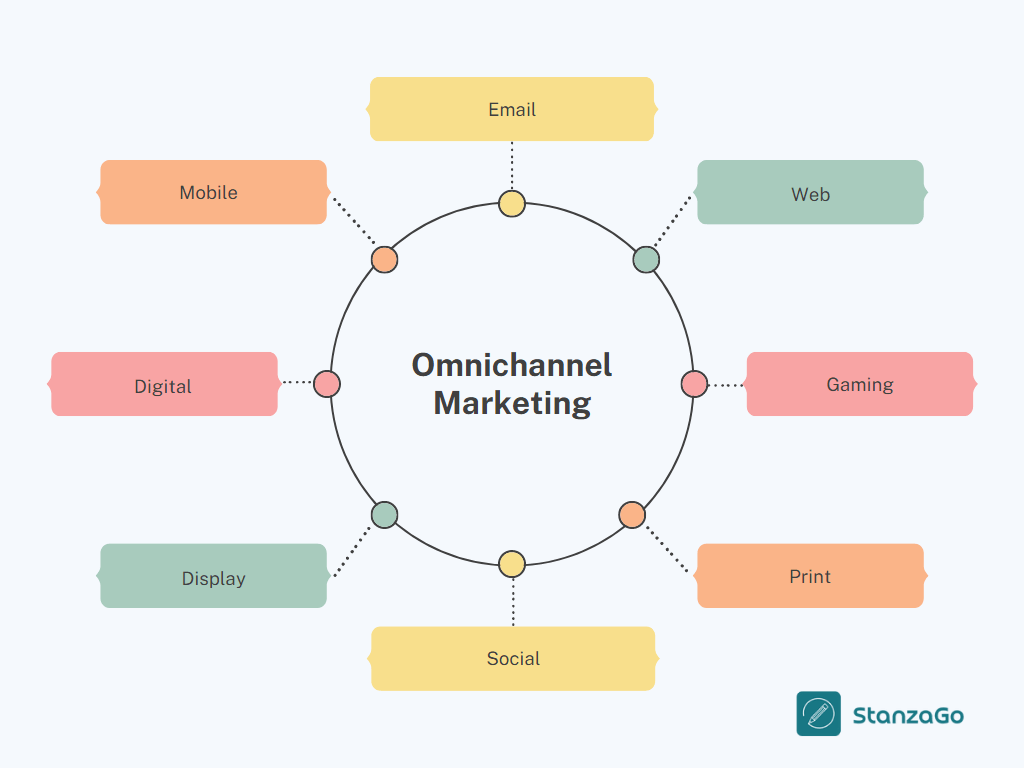
Popular studies by IDC suggest that 85% of customers prefer an omnichannel experience, and businesses that adopt this approach can achieve a 91% increase in customer retention rate.
With over 73% of customers using multiple channels during their purchase journey, a business can raise its sales revenue.
Throughout the consumer experience, commitment, engagement, and convenience are increased via integration across all marketing channels and devices that are available.
A solid omnichannel marketing strategy will focus on making a company accessible on the platforms that clients prefer.
Here are some examples of omnichannel marketing:
1. Chatbots and virtual assistants: Many e-commerce businesses and companies use chatbots to offer customer support and answer common questions across multiple channels including social media, websites, and business messaging apps.
2. Personalized email marketing: Businesses can easily send email newsletters to recommend products based on the customers' previous purchases or product preferences.
3. Customer Loyalty Programs: Many businesses engineer special offers and loyalty programs that allow a customer to earn points or rewards for purchases made across multiple channels including in-store and online all within the brand's ecosystem, etc.
How Does Omnichannel Work?
Omnichannel marketing works by providing an integrated experience for customers across all available channels, offline or online.
This idea aims at meeting the customers wherever they are and offering them a consistent brand experience regardless of the channel used in interacting with the brand.
To achieve this, companies rely on understanding customer behaviors and preferences via data collection and analysis across all channels.
Gathered data is used to build personalized marketing messages and offer consistency in brand experience.
Majority of omnichannel marketing tools and platforms come with features that allow a business to address its various channels via a single control unit, improving support and reliability in brands.
Differences: Omnichannel Marketing Vs Multichannel
Omnichannel marketing is a holistically seamless marketing approach that offers a unified consumer experience across different marketing channels with a single strategy that improves customer experience, brand loyalty, and trust.
While multichannel marketing refers to interacting with clients using a variety of direct and indirect channels, such as websites, emails, social media, or advertisements.
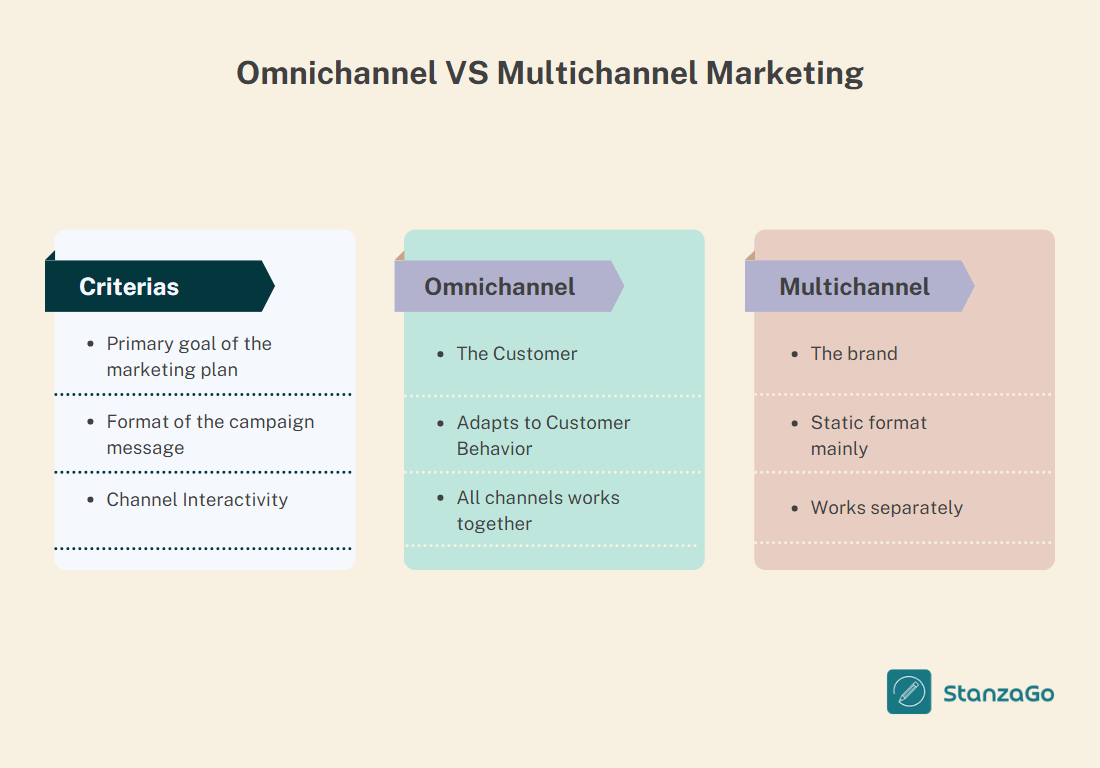
To boost sales and trust, the multichannel market is driven to try various outreach technologies.
Highlight in Differences
- Omnichannel marketing channels aim to provide an integrated, unified customer journey. While in multichannel marketing each channel operated independently.
- It focuses on overall customer satisfaction and loyalty while multichannel marketing is fixated on individual channels and their performance metrics.
- Omnichannel marketing aims at personalizing customer experience while multichannel marketing may not be interested in sharing customer data between channels.
- It uses a seamless and consistent customer experience across all channels whereas multichannel marketing relies on multiple outreach channels.
Benefits of Omnichannel Marketing
Omnichannel marketing comes with promising advantages to both the customer and the business, here are a few:
(1) Improved Ad and Sales Revenue: Marketers using three or more channels in a campaign earned a 494% higher order rate than those using a single-channel campaign, creating more channels can significantly boost sales.
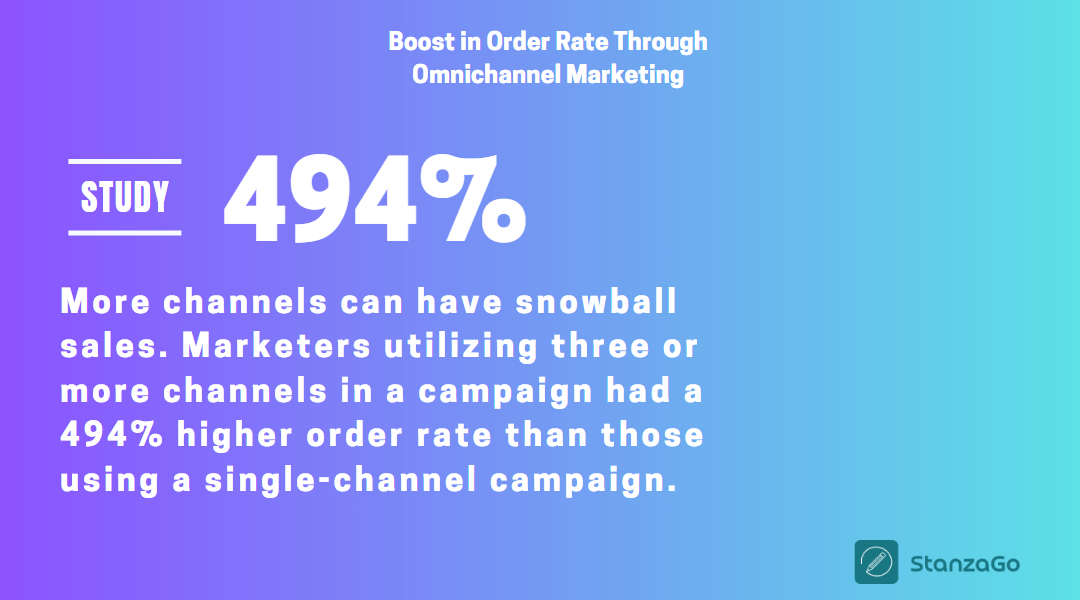
(2) Omnichannel marketing retailers usually retain an average of 89% of their customers compared to 33% of businesses with weak omnichannel strategies. A successful omnichannel marketing strategy allows businesses to reach customers and increase the chances of conversion.
(3) It provides customers with more options and flexibility in how they interact with a brand. If there are channels to reach a brand, customers are flexible with their devices.
(4) It can lead to higher sales and revenue by reaching customers through multiple touchpoints such as social media platforms.
A report by Accenture predicts social commerce will grow three times compared to traditional e-commerce, more than doubling from $492 billion in 2021 to 1.2 trillion in 2025.
This estimates that more than half of the overall adults in the United States alone made purchases via social media in 2021.
5 Omnichannel Marketing Best Practices
Implementing a successful omnichannel marketing strategy requires a thoughtful and holistic approach, below are some key steps to consider:
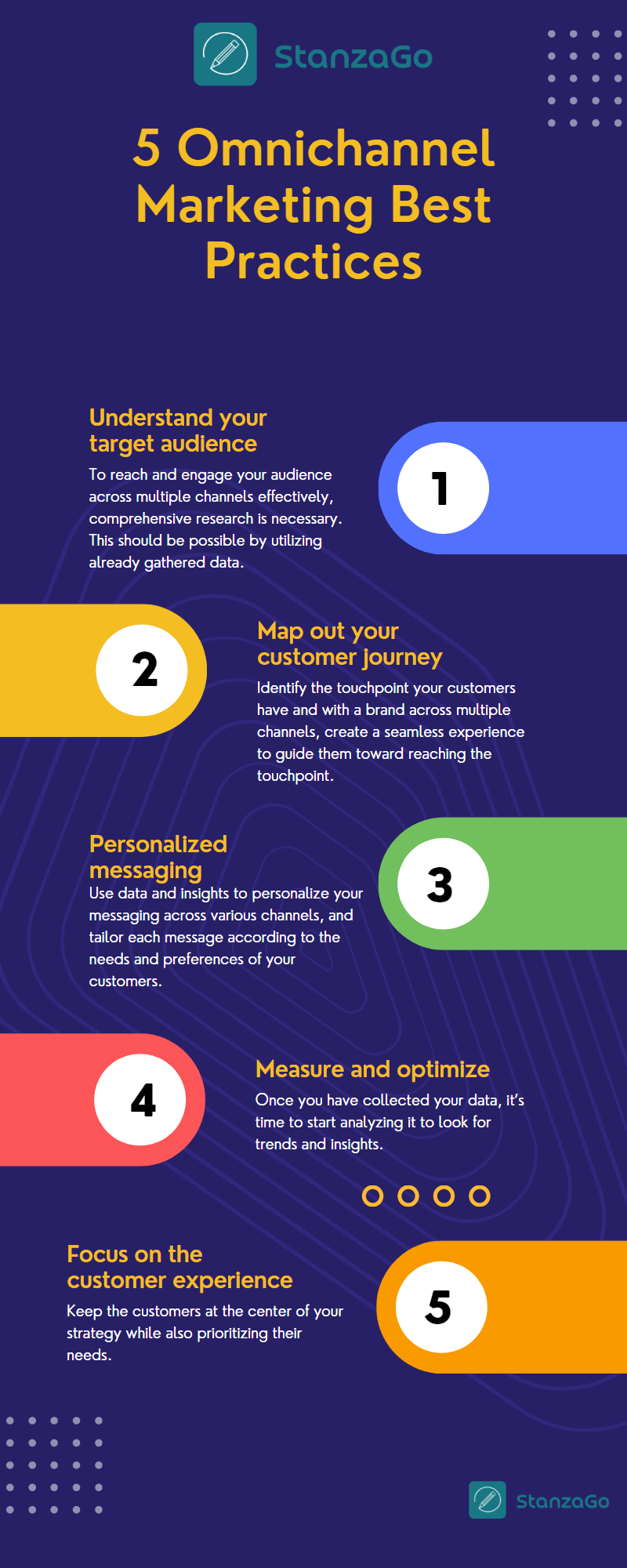
1. Understand your target audience: To reach and engage your audience across multiple channels effectively, comprehensive research is necessary. This should be possible by utilizing already gathered data.
2. Map out your customer journey: Identify the touchpoint your customers have and with a brand across multiple channels, create a seamless experience to guide them toward reaching the touchpoint.
3. Personalized messaging: Use data and insights to personalize your messaging across various channels, and tailor each message according to the needs and preferences of your customers.
4. Measure and optimize: Tracking performance is key to staying afloat on the part of a successful marketing strategy, utilizing data from across the channel, and analyzing and optimizing your strategy accordingly. Make the best of each unique feature on omnichannel marketing platforms such as A/B testing.
5. Focus on the customer experience: To reach the peak of your marketing outreach, your goal should be delivering a positive and consistent customer experience across all touchpoints. Keep the customers at the center of your strategy while also prioritizing their needs.
Some of the Best Apps and Platforms for Omnichannel Marketing
Based on your objectives, decide which of the many apps for omnichannel marketing is good for you. Here are some popular options:
(1) HubSpot

HubSpot is a powerful, comprehensive platform that provides users with marketing automation tools. It offers email marketing, social media management, content creation, and SEO capabilities.
It can easily integrate with a vast array of other tools and platforms.
Thus, making it an excellent choice for businesses looking to launch an omnichannel marketing campaign.
(2) Marketo

Marketo is a cloud-based platform providing marketing automation solutions. It enables marketers to generate and handle customer interactions through many channels. For example, email, mobile, social media, and others.
It furnishes progressive lead management, analytics, and reporting functionalities to support your campaigns
(3) Hootsuite
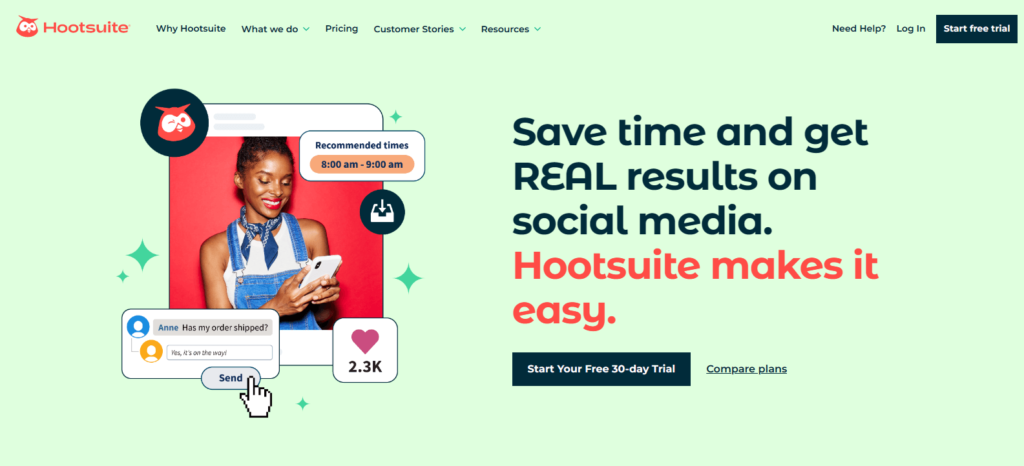
Hootsuite is a social media management tool. Using this, you can schedule and broadcast material on diverse social media outlets. Plus, observe conversations and register one’s progress.
Optimize your social media strategies with advanced analytics.
These are just a few of the many apps and platforms available for omnichannel marketing. Think about budget, team size, and marketing channels when selecting a platform.
Conclusion
In conclusion, omnichannel marketing has become an essential approach for businesses to engage with their customers across multiple touchpoints.
By seamlessly integrating all channels, from online to offline, businesses can provide a consistent and personalized customer experience that leads to increased customer loyalty, engagement, and ultimately, sales.
With the increasing importance of digital channels and the rise of mobile devices, businesses that prioritize omnichannel marketing will be better positioned to adapt to changing customer behaviors and preferences.
As such, omnichannel marketing should be a key component of any modern marketing strategy.


